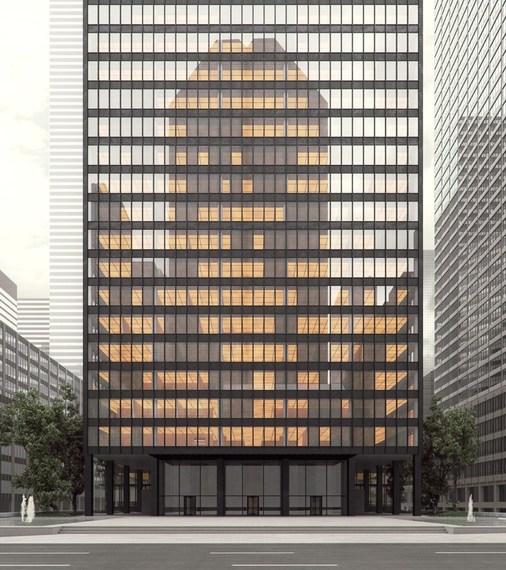From the invention of the physical office (picture Mr. Scrooge's countinghouse) to the start of the 20th Century, little had changed (picture Bartleby, the Scrivener). That changed quite a bit by the time Mies Van Der Rohe's put the finishing touches on the Seagram's Building -- a steel and glass box, every floor an Excel spreadsheet of workers at desks.
Knotel, now up to 8 company-sized workspace locations serving 100s of founders in New York, is part of the first big wave of change since the cubicle. Here's the megatrend in four ideas:
1. Headphones and cell phones. The office is quiet now and there is little paper, so people sit closer together, needing fewer walls.
2. The office or the couch? You and your team can work from anywhere, and often choose to. So running an office is partly about making it a place people want to go.
3. Too much or too little. Change is now a constant in headcount, especially with flexible hiring models. So your real estate needs are literally unknown. You need on-demand office, not 10-year leases.
4. It's the Physical Social Network. Internally, so your people can bump into each other and connect, and externally, so they can bump into new people and ideas. The office is to your company what a city is to a society. "Where ideas have sex," to borrow from legendary VC Steve Jurvetson.
Learn more about Knotel here. You also may want to follow these Twitter accounts: Amol (@amol), Knotel (@knotel), Work Awesome (@awehq).

